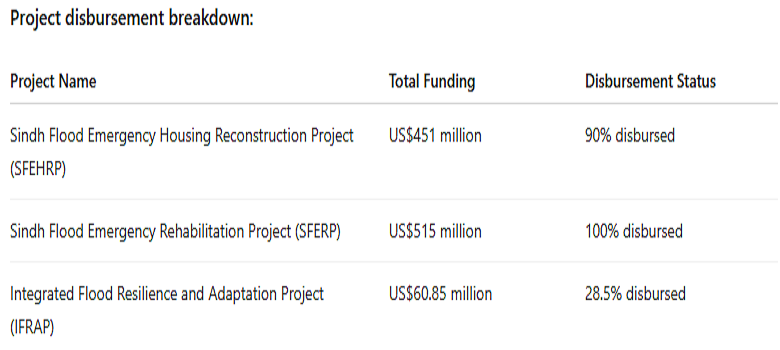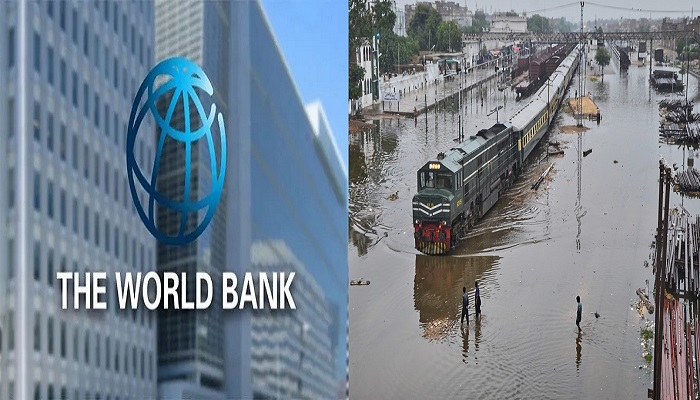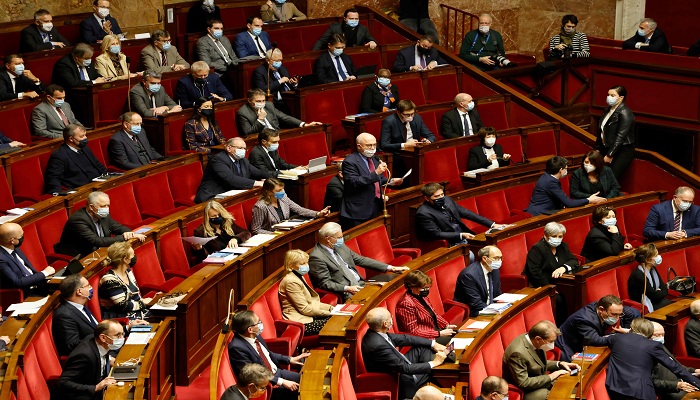As devastating monsoon floods hit Pakistan again in 2025, the World Bank is actively tracking the crisis and exploring potential response measures.
Leveraging its $2 billion recovery efforts from the 2022 floods, the Bank signals continued support for the country’s urgent needs. While new funding for the 2025 floods is yet to be finalized, the Bank points to its substantial interventions following the 2022 floods as a foundation for its continued engagement.
In a written response to Political Uprise News, a World Bank spokesperson stated:
“The World Bank is monitoring the current situation closely and discussing options for potential actions after needs assessments for recovery are clarified.”
Following the catastrophic 2022 floods, the World Bank mobilized approximately US$2 billion in support for Pakistan, combining reprogrammed funds from existing projects and newly approved operations. The multi-tiered funding package was designed to address both emergency response and long-term climate resilience.
Hundreds Dead, Millions Displaced as Relentless 2025 Floods Devastate Pakistan’s Heartland
US$277 million was redirected from ongoing projects for immediate response, largely supporting emergency cash transfers, non-food relief items, agriculture, and Water, Sanitation and Hygiene (WASH) services.
US$1.7 billion was committed for reconstruction, rehabilitation, and climate resilience, which included:
- US$177 million reallocated from existing operations.
- US$1.5 billion in newly designed flood response projects, primarily focused on Sindh, Khyber Pakhtunkhwa, and Balochistan.
The World Bank’s emergency reconstruction efforts have been particularly concentrated in Sindh province, which bore the brunt of the 2022 floods. Two flagship projects the Sindh Flood Emergency Housing Reconstruction Project (SFEHRP) and the Sindh Flood Emergency Rehabilitation Project (SFERP) have disbursed nearly US$1 billion over two years, a significant achievement given the challenging implementation environment.

Building on this momentum, the World Bank approved additional financing of US$600 million for these projects in FY2025, aimed at deepening their reach and expanding their impact on communities still grappling with housing loss, damaged infrastructure, and livelihood disruption.

While current 2025-specific interventions are pending needs assessment, the World Bank emphasized its climate-resilient recovery framework in previous operations. This included support for rural livelihoods, particularly among smallholder farmers and communities that suffered extensive crop and livestock losses.
The Bank also noted that its support is aligned with broader goals of building back better, emphasizing flood-resilient infrastructure, disaster preparedness, and institutional coordination with both the Government of Pakistan and international development partners.
Although the 2025 monsoon has once again caused widespread displacement and economic loss, the World Bank clarified that further action depends on a comprehensive post-disaster needs assessment (PDNA) by federal and provincial authorities.
“We are discussing options for potential actions after needs assessments for recovery are clarified,” the spokesperson said, underscoring the importance of data-driven response planning.
As Pakistan navigates yet another climate-induced crisis, international financial institutions like the World Bank will likely play a critical role in recovery and resilience-building. While no new 2025-specific disbursements have yet been confirmed, past efforts particularly in Sindh provide a blueprint for scalable intervention.
The coming weeks will be crucial as assessments are finalized and potential funding packages for 2025 are considered. For millions affected by this year’s floods, timely and coordinated international support remains a lifeline.



